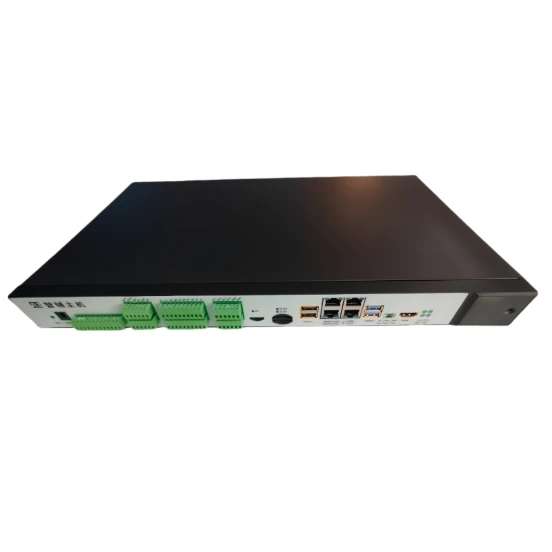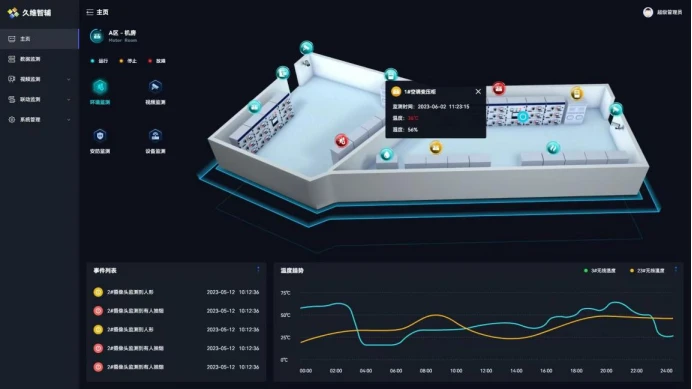Turbinas a gás LM em aplicações offshore
LM gas turbines,are widely used in offshore environments due to their aeroderivative design, which offers compact size, high power-to-weight ratio, and fast start-up capabilities. These features make them ideally suited for the demanding conditions of offshore oil and gas operations.
In offshore platforms, LM gas turbines are primarily used for mechanical drive and power generation. For mechanical drive, they operate critical rotating equipment such as natural gas compressors and crude oil pumps, enabling the transport and processing of hydrocarbons. Their ability to maintain high efficiency and reliability under harsh marine conditions, including salt-laden air and variable temperatures, is a key advantage.
As power generators, LM turbines supply electricity for platform operations, including drilling systems, lighting, life support systems, and control equipment. Their modular design and reduced footprint are particularly valuable on space-constrained offshore rigs and floating production units (FPSOs).
Additionally, LM gas turbines are designed to meet strict environmental and safety standards, with low emissions and compliance with offshore regulations such as DNV, ABS, and IEC standards. They are often equipped with dual-fuel capability, allowing operators to switch between natural gas and liquid fuels, increasing operational flexibility.
Because downtime on offshore platforms can be extremely costly, LM turbines are valued for their high availability, ease of maintenance, and quick-change modular components, which reduce repair times and logistical complexity.
In summary, LM gas turbines provide reliable, efficient, and compact solutions for offshore energy needs, playing a vital role in both power generation and mechanical drive in one of the world’s most challenging industrial environments.
















